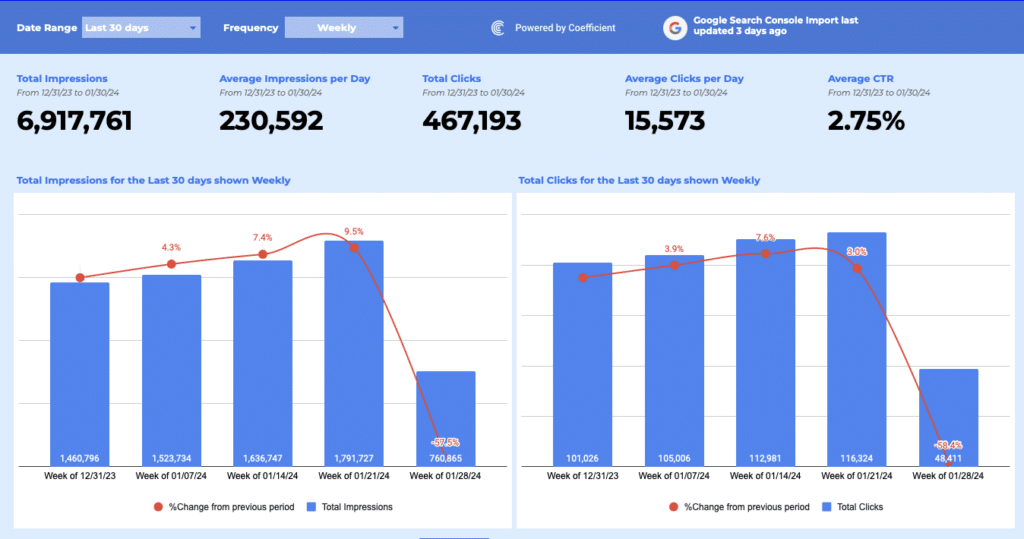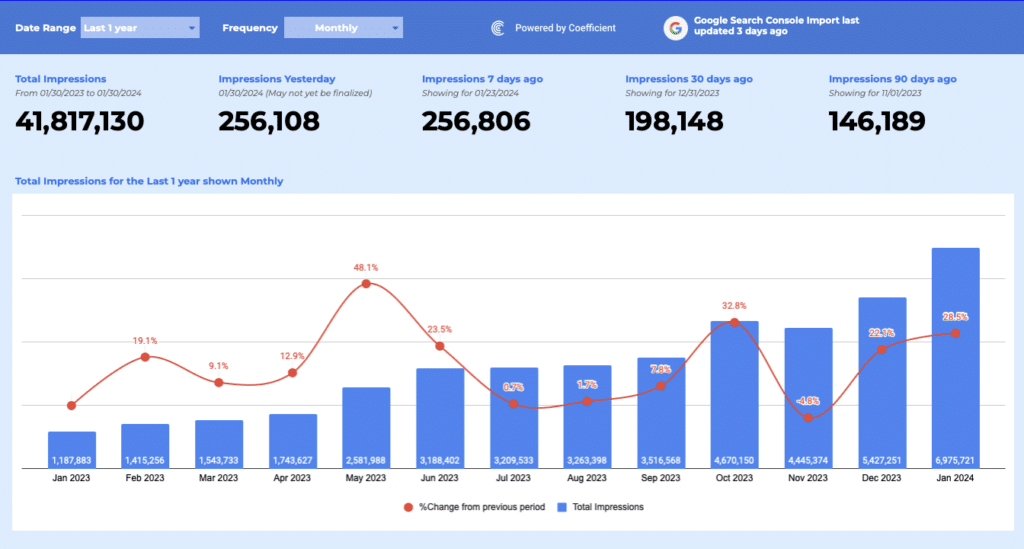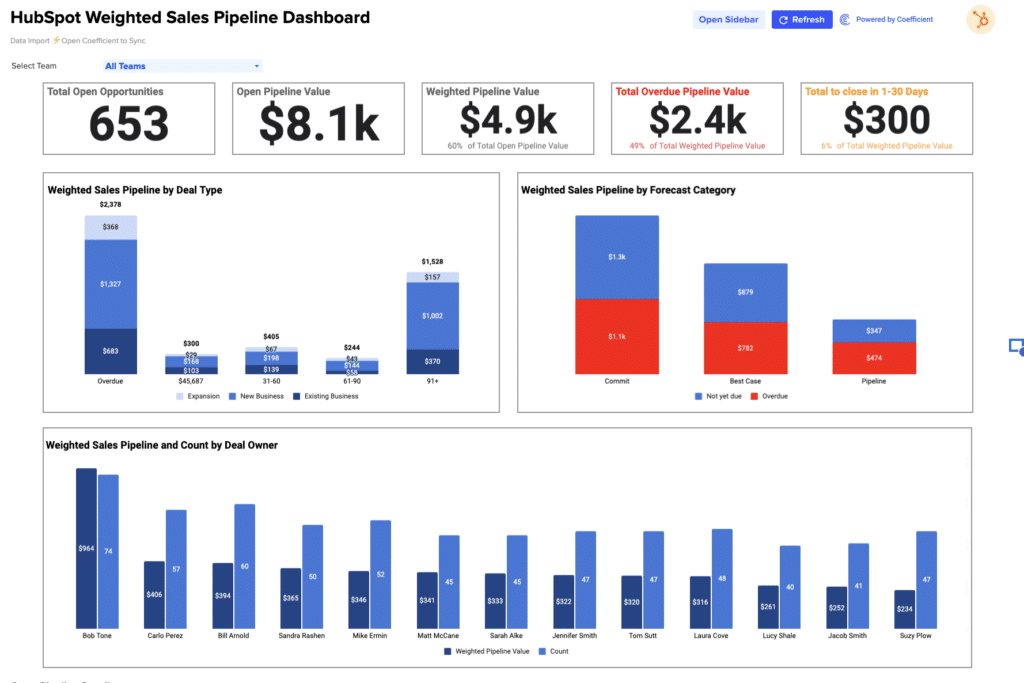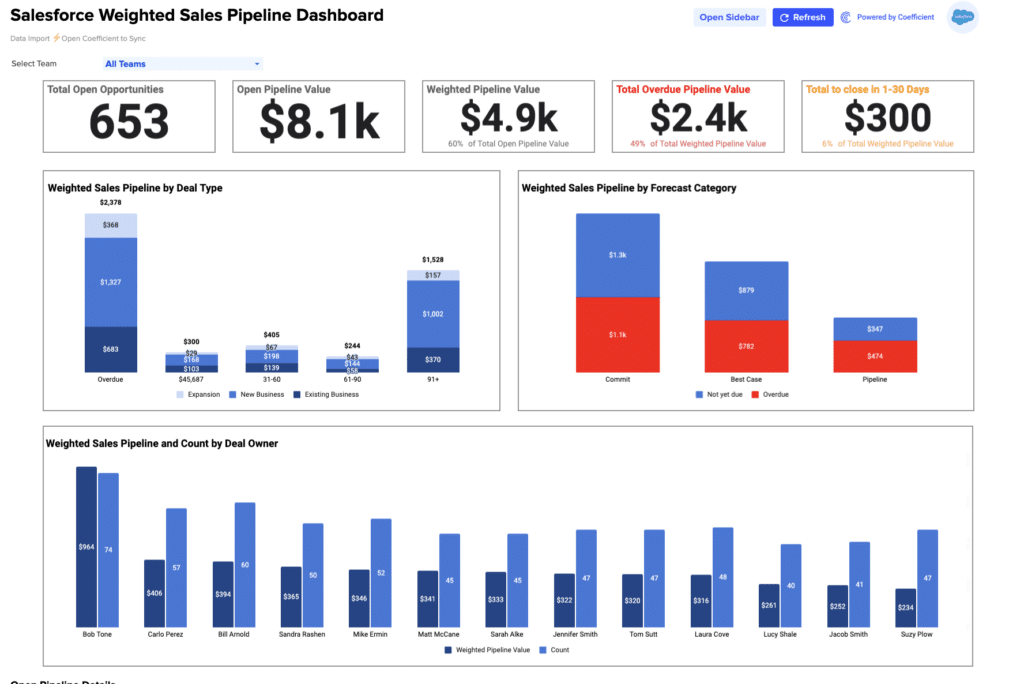RPM (Revenue per Thousand Impressions) = Total Revenue / Total Page Views) x 1000
Enhancing Content Monetization with the RPM Calculator
For digital publishers and online content creators, understanding the financial return on every thousand page views is crucial for effective monetization. Our RPM Calculator offers a straightforward way to measure this, equipping you with the insights needed to refine your content strategy and maximize revenue.
- Simplify your revenue analysis with our user-friendly tool.
- Effortlessly integrate this calculator into your revenue tracking processes.
- Customize for your specific needs allowing for targeted analysis and strategy adjustment.
Calculation Guide: Utilizing Your RPM Calculator
To accurately calculate your RPM, gather:
- The total revenue generated from your digital content.
- The total number of page views your content received.
Roles contributing to this process:
- Content Managers to track and report page views.
- Revenue Analysts to compile earnings data.
- Digital Strategists to interpret RPM metrics and optimize content for revenue generation.
KPI Overview: The Importance of RPM in Digital Publishing
RPM, or Revenue per Thousand Impressions, offers a valuable metric for gauging how effectively a publisher or content creator is monetizing their digital content per thousand views. It helps in comparing the profitability of different content types, platforms, and strategies.
Importance: Why Monitoring RPM is Essential
Understanding your RPM allows you to identify which types of content, platforms, or user demographics are most lucrative, enabling strategic adjustments to content creation and distribution. It plays a pivotal role in optimizing content for higher revenue generation and better audience targeting.
Real-world Example: RPM in Practice
Consider “TechGuru,” a technology blog that generated $5,000 from 2 million page views last month. By using the RPM formula, TechGuru’s RPM is calculated as $2.50. This means for every thousand views of its content, TechGuru earns $2.50, guiding future content and monetization strategies.
Improvement Strategies: Boosting Your RPM
- Enhance Content Quality: High-quality, engaging content attracts more views and encourages longer reading times, potentially increasing ad revenue.
- Optimize Ad Placement: Test different ad placements to find the most profitable configuration without compromising user experience.
- Diversify Revenue Streams: Explore additional monetization methods like sponsored content, subscriptions, or merchandise sales.
- Target High-value Demographics: Tailor content to attract demographics known for higher RPMs.
- Utilize SEO Best Practices: Improve search engine rankings to increase page views and ad impressions.
Full Tutorial: Calculating RPM in Excel
- Label two columns: A (Total Revenue) and B (Total Page Views).
- Input your revenue and page view figures.
- In a new cell, apply the formula: `=(A2/B2)*1000`
- Execute to unveil your RPM, offering a benchmark for content monetization efficiency.
Drawbacks: Recognizing RPM Limitations
Despite its value, RPM doesn’t capture the full picture of content profitability, such as user engagement or conversion rates. It should be considered alongside other metrics like CPM, CPC (Cost Per Click), and user behavior analytics for comprehensive revenue strategy planning.
Usage Contexts: When to Calculate RPM
- After launching new content to evaluate its revenue impact.
- When testing different monetization strategies to determine the most effective methods.
- During periodic performance reviews for ongoing content and revenue optimization.
















